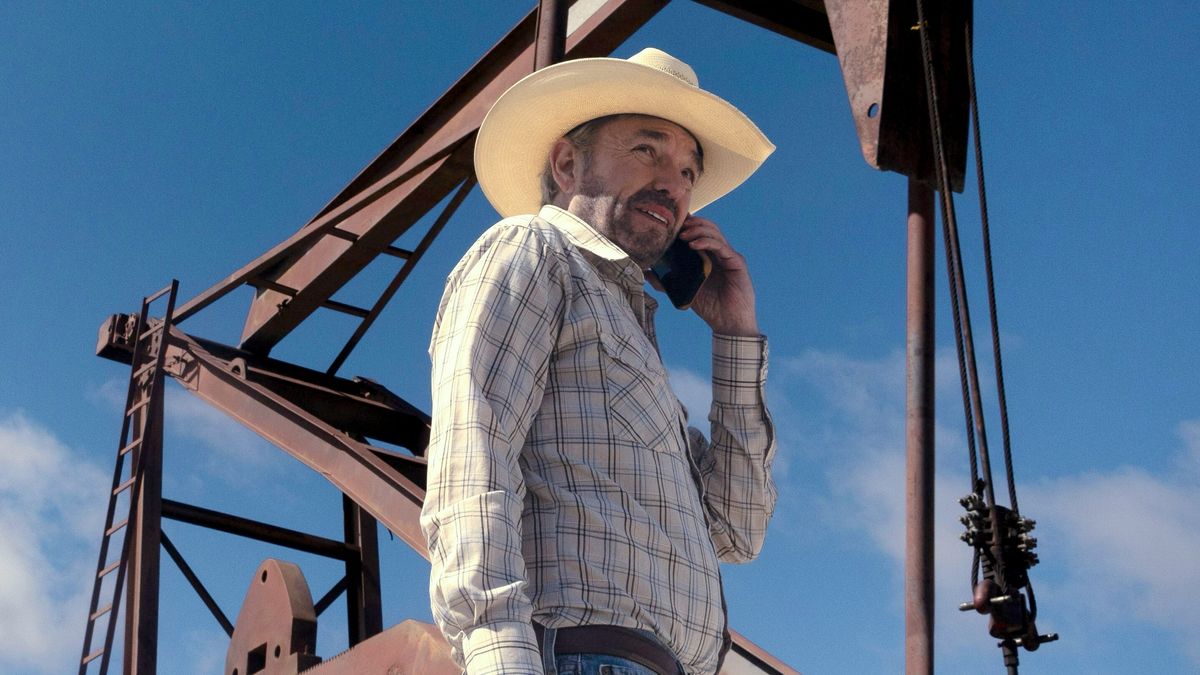This month will see a striking astronomical event, as the prolific Leonid meteor shower sends lights streaming through the sky at night until November 30. If you’re hoping to catch a great view of the meteor shower, then this weekend is the perfect time to go meteor hunting as the shower peaks during the evening of November 18.
The Leonids are created by debris left over from a comet called 55P/Tempel-Tuttle. “As comets orbit the sun, the ice sublimes [changes from a solid to a gas] and the trapped dust is swept out into a tail behind them,” explained Ashley King of the U.K.’s National History Museum. “As they come out of the vacuum of space and into Earth’s atmosphere, that little dust grain interacts with all the particles and ions in the atmosphere. It gets heated up by the friction and forms the impressive flash that we see. The Earth isn’t close to the comet – it’s just passing through some of the dust it left behind.”
The meteor shower is a yearly event because the debris from the comet is located in one particular area of the Earth’s orbit, so the planet passes through it at the same time each year. There will be around 10 to 15 of the meteors visible per hour at the shower’s peak, each one moving fast and being bright, with a fine tail to it. The meteors will be traveling at up to 45 miles per second as they enter the atmosphere, and their fast speeds make them some of the brightest meteors visible all year.
To see the meteor shower, you’ll need to be patient. You also need to get as far away as you can from bright city lights for the best chance of getting a good view.
“The darker the skies, the better your chances of seeing the really faint meteors as well,” said King. “You could go to the coast or stand on a hill in the middle of the countryside somewhere.”
Once you get settled in your hopefully dark location, you’ll need to give your eyes time to get used to the dark, so avoid looking at light sources like your phone. “You might not be able to see anything for the first 10 minutes while your eyes adjust,” King said. Look toward the constellation of Leo, where the meteors appear to originate from (giving the shower its name) and which is located to the east. “Once you get used to the low light levels, you’ll begin to notice more and more. So don’t give up too quickly.”
This is just one of the astronomical events you can catch in the skies this month — check out NASA’s skywatching tips for November for more.




















 English (US) ·
English (US) ·